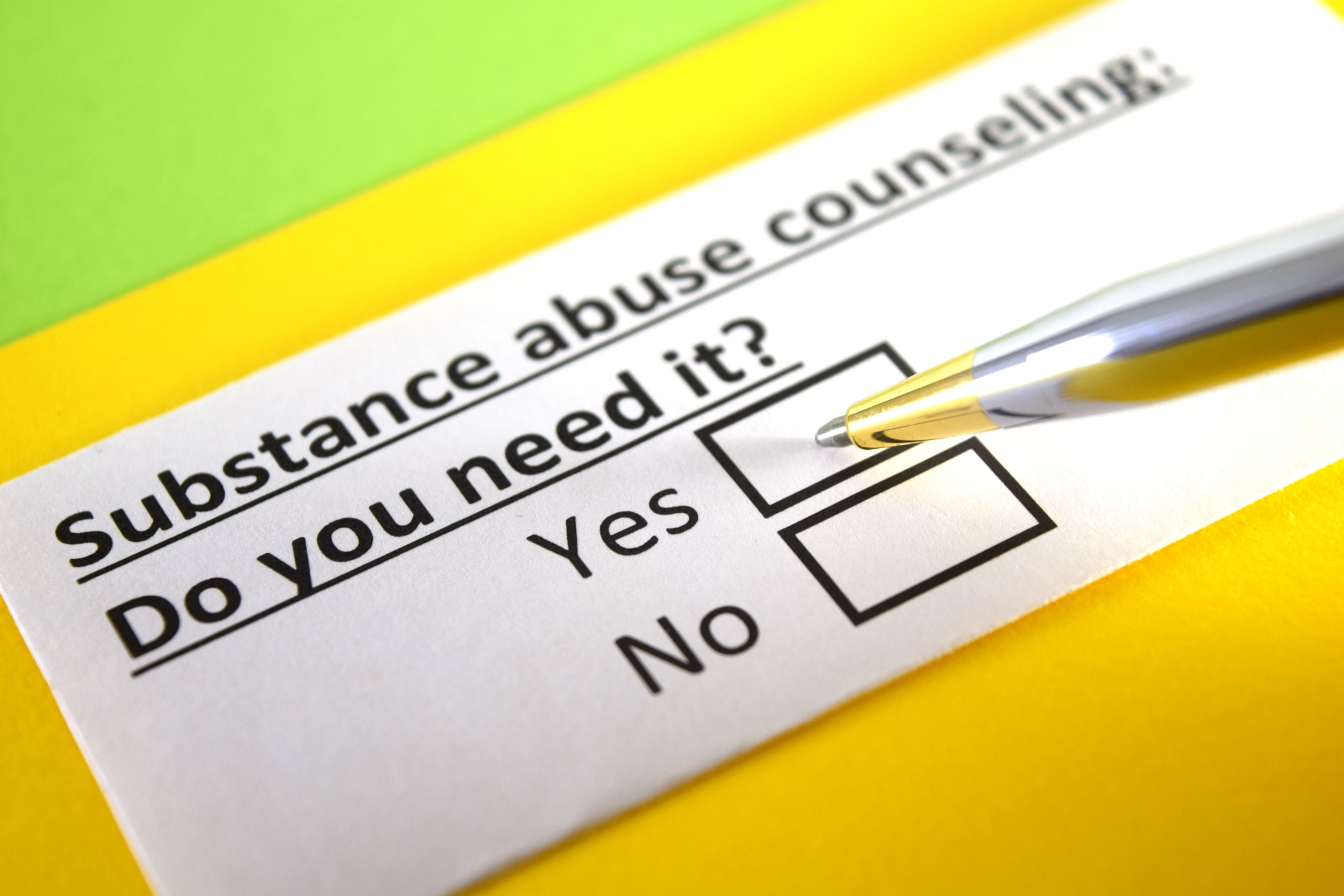Recovering from addiction can be like trying to navigate a maze without a map. One of the most powerful tools on this journey is rehabilitation, or “rehab” as it’s commonly known.
But what is rehab exactly?
Simply put, it’s a structured program designed to help people overcome substance abuse and addiction. Think of it as a supportive environment where you can learn the skills and strategies needed to reclaim your life.
Whether you’re struggling with alcohol, drugs, or another substance, understanding the different types of rehab can help you make the best choices for your recovery.
Different Types of Rehabs
Rehab isn’t a one-size-fits-all solution; it comes in many different forms, each tailored to individual needs.
Inpatient vs. Residential vs. Outpatient
- Inpatient rehab involves staying at the facility for the duration of treatment. This setup offers 24/7 medical care and support, making it a good fit for those dealing with severe addictions or co-occurring mental health issues.
- Residential rehab also involves staying at the facility, but it usually takes a more holistic and well-rounded approach. While inpatient care can also include therapies, residential programs often offer additional practices like yoga, meditation, and life skills training.
- Outpatient rehab lets patients live at home while attending treatment sessions at a facility. It offers more flexibility and is often a great option for those with milder addictions or a strong support system at home.
Specialized Treatment Centers
Beyond the basics, there are also specialized rehab centers for specific needs:
- Adolescent treatment centers: Tailored for teens dealing with addiction and mental health challenges.
- PTSD treatment centers: These focus on trauma recovery with therapies like EMDR and cognitive processing.
- Veteran treatment programs: Address issues like combat trauma, substance abuse, and mental health.
- Treatment for pregnant women: These provide a safe space for expectant mothers to overcome addiction while supporting both mom and baby’s health.
Narrowing Down Your Choices
With so many options, how do you pick the right rehab? Here are a few tips:
- Assess your needs: Think about your addiction’s severity, any co-occurring issues, and what type of treatment and setting you prefer.
- Consult a professional: A therapist or addiction specialist can help guide you to the right program.
- Research facilities: Check their accreditation, treatment approach, and success rates.
- Consider budget and insurance: Rehab can be costly, so make sure you understand the costs and explore financing options.
What Happens in Rehab Centers?
A typical day in rehab follows a structured routine balancing therapy and personal time.
You’ll have:
- Individual therapy to explore the root causes of addiction and build coping strategies.
- Group therapy offers a supportive space to connect, share experiences, and learn from others.
- Workshops cover topics like relapse prevention and stress management.
- Holistic activities like yoga, meditation, or art therapy to promote well-being.
- Downtime is for reflection, journaling, and bonding with fellow residents, helping create a sense of community.

What is Luxury Rehab?
Luxury rehab takes recovery to the next level with upscale amenities and personalized care. It usually has a peaceful setting with top-notch treatment and resort-like comforts—private rooms with stunning views, gourmet meals, spa treatments, and access to fitness centers and pools.
Luxury rehab attracts high-profile clients like executives, celebrities, and professionals who value privacy and discretion. These centers offer personalized care in a private, comfortable setting, allowing individuals to focus on recovery without distractions or public attention.
For those looking for a private and luxurious experience, the higher cost may be worth it for the personalized care, exclusive amenities, and better chances of lasting recovery.
Navigating the Financial Maze: Insurance and Rehab
The cost of rehab can be a significant concern, but understanding how insurance works can make the process less overwhelming.
Your insurance may cover some or all of the following:
- Inpatient/Residential: Includes room, therapy, medication, and medical services.
- Outpatient: Covers therapy, medication management, and other services.
- Detox: May cover medically supervised detox for withdrawal.
Be sure to check with your provider to confirm what’s covered and any restrictions.
Partial Coverage
If your insurance doesn’t fully cover the cost of rehab, explore these options:
- Negotiate with the Facility: Many rehab centers offer payment plans or sliding scale fees based on income.
- Explore Financing Options: Consider personal loans or medical credit cards specifically designed for healthcare expenses.
Is it Worth Paying Out of Pocket?
Paying for rehab out of pocket can be a big investment, but it’s an investment in your long-term health. Successful rehab can lead to a healthier, more productive life, saving you money by avoiding lost productivity, legal problems, and health issues tied to addiction.
Using Medicare/Medicaid for Rehab
Medicare and Medicaid can help cover rehab, but navigating these programs takes planning. Here’s a quick guide:
- Medicare: Generally covers those 65+ and people with disabilities. You can apply online or at your local Social Security office.
- Medicaid: Varies by state, usually covering low-income individuals, families, and people with disabilities. You can apply through your state’s Medicaid agency.
Tips for Maximizing Coverage
- Confirm Benefits: Check with your provider to understand your rehab coverage.
- Use In-Network Providers: Choose in-network rehab facilities to save on costs.
- Get Pre-authorization: Some treatments need approval before starting.
- Document Everything: Keep records of treatment plans and insurance communications.
- Appeal Denied Claims: If denied, don’t hesitate to appeal with supporting documents.
Advice for Those Struggling to Access Rehab
Facing obstacles to rehab can be tough, but don’t get discouraged. Help is out there, even if the path feels difficult. Here are some affordable options:
- State-Funded Rehabs: Many states offer free or low-cost programs for those who qualify.
- Sober Living Homes: These provide safe, supportive housing during and after treatment, often at a lower cost than residential rehab.
You can also explore non-profits and scholarships.
Organizations like the SAFE project provide support and raise awareness with charity funds for those in need.
A Brighter Future Awaits
Choosing the right rehab program is key to lasting recovery. By exploring different programs, understanding insurance, and finding affordable options, you can start your journey to healing. Remember, asking for help shows strength, and with the right support, you can reclaim your life.
Ready to take the next step? Check out our intensive outpatient programs at Taste Recovery and find your path to lasting sobriety.
Table of Contents
Chapter Navigation
Continue Reading
Chapter 2
We explore what impacts the success of addiction treatment, like personal commitment and the quality of the program, giving you a realistic view of what to expect from treatment outcomes.
Chapter 3
This chapter looks at the important partnership between healthcare providers and substance abuse treatment centers, showing how they work together to tackle both the physical and mental sides of addiction.
Chapter 4
In this chapter, we explain how treatment centers use assessments to understand each person’s needs and create a personalized substance abuse treatment plan.


